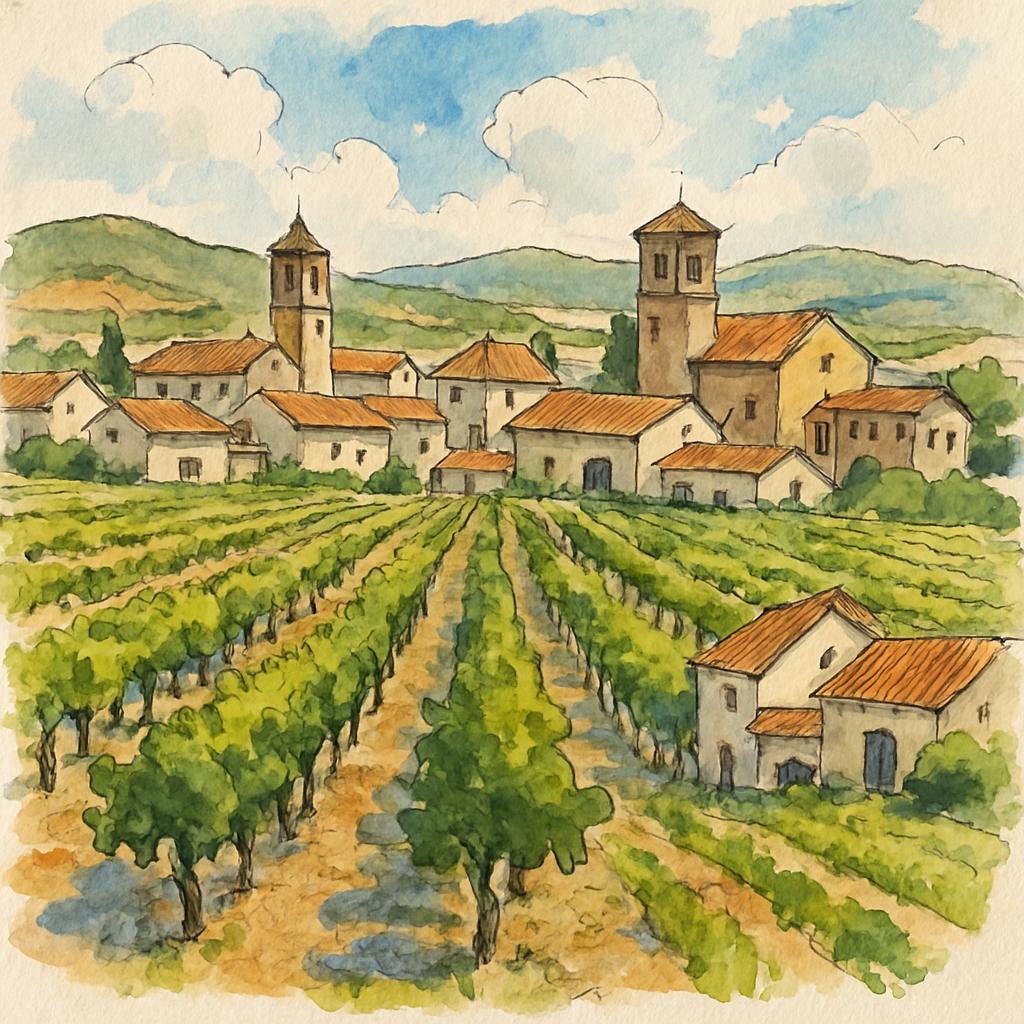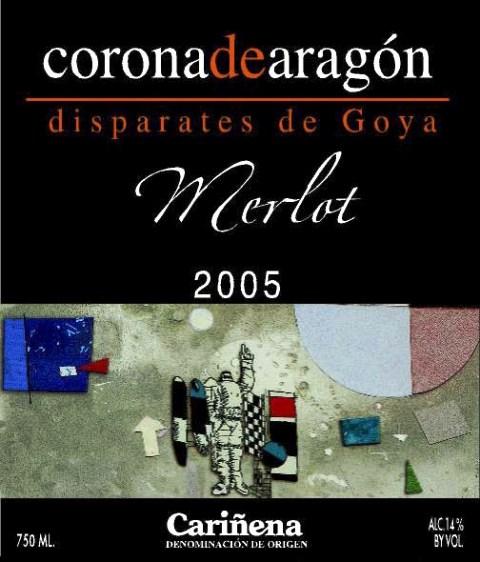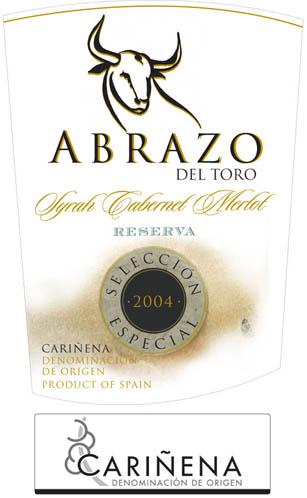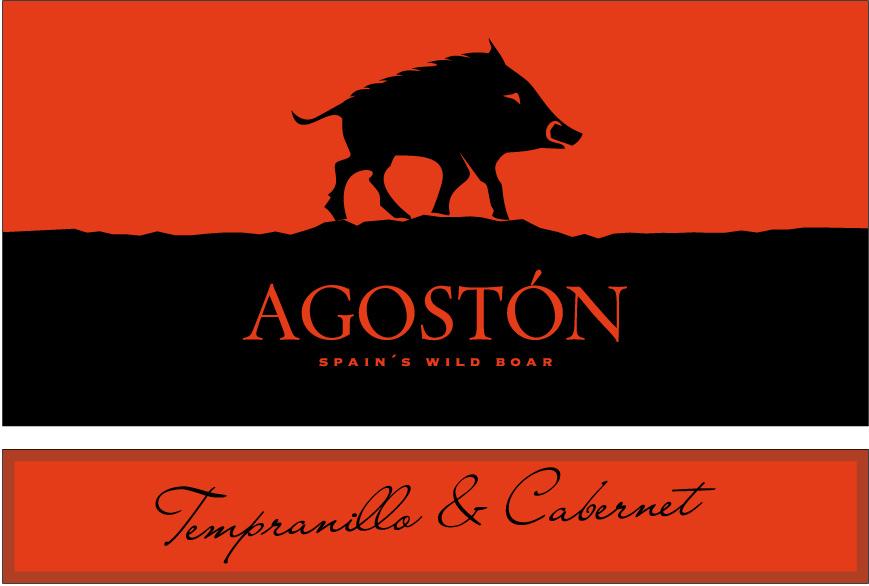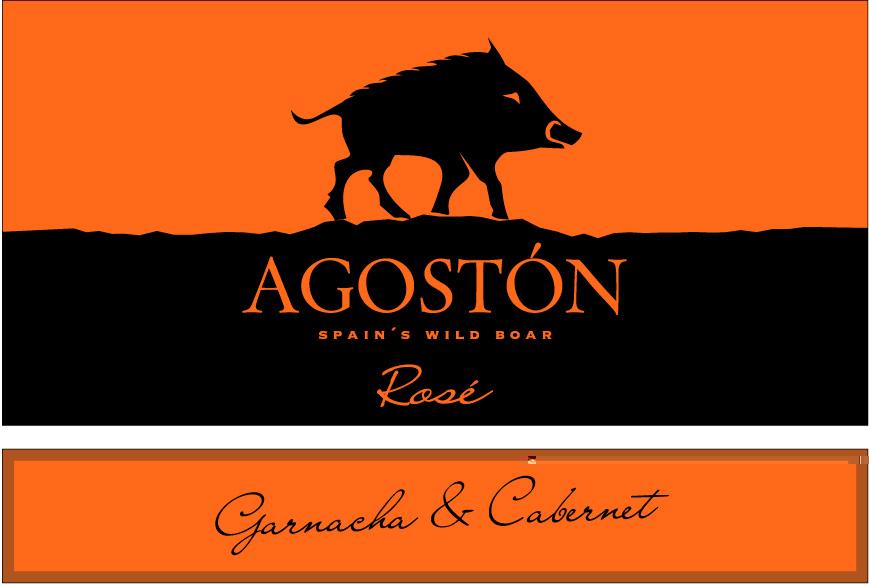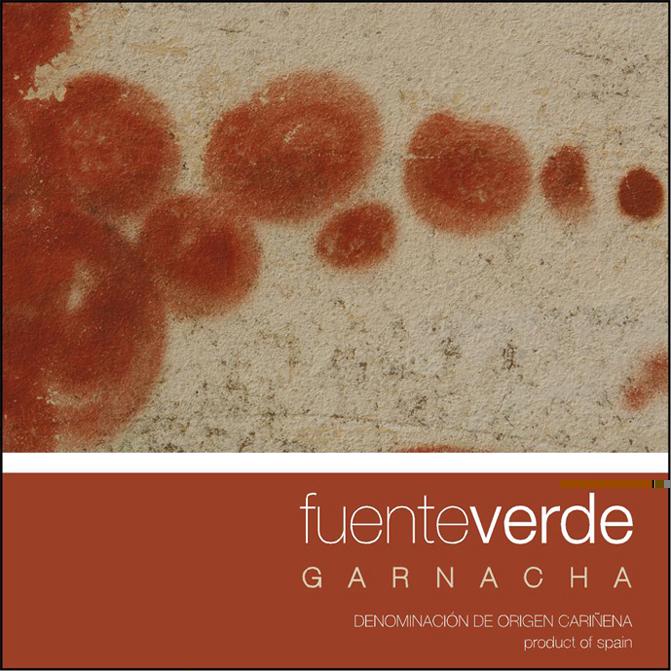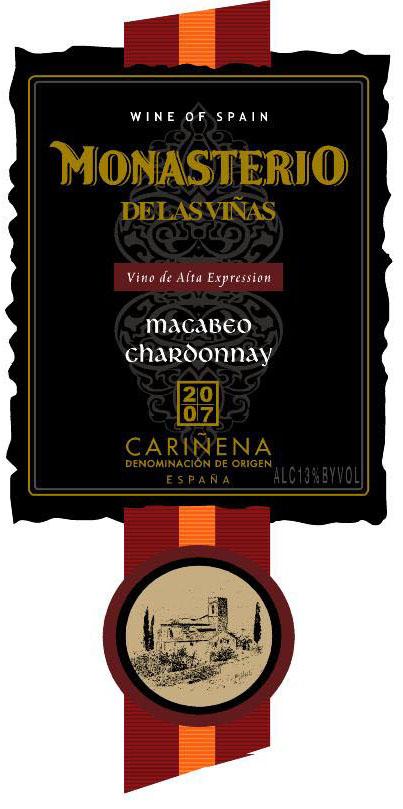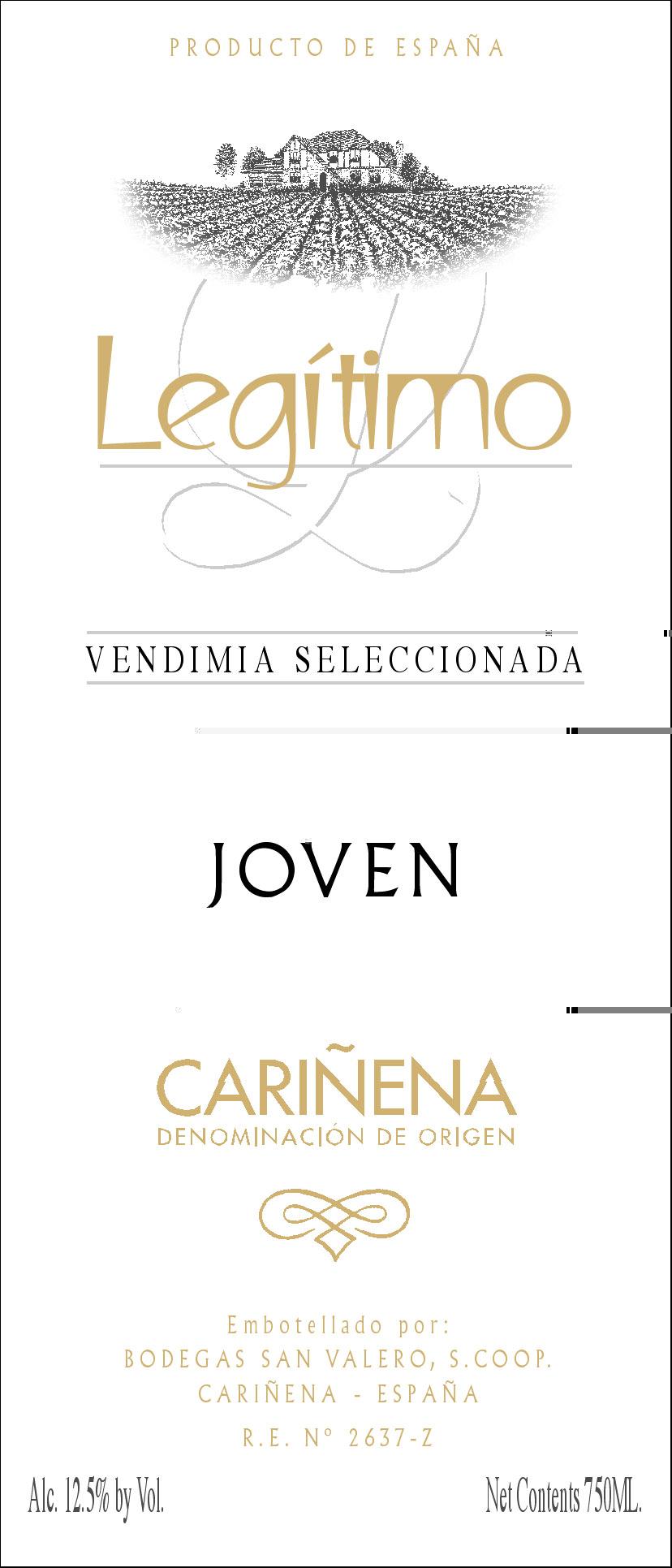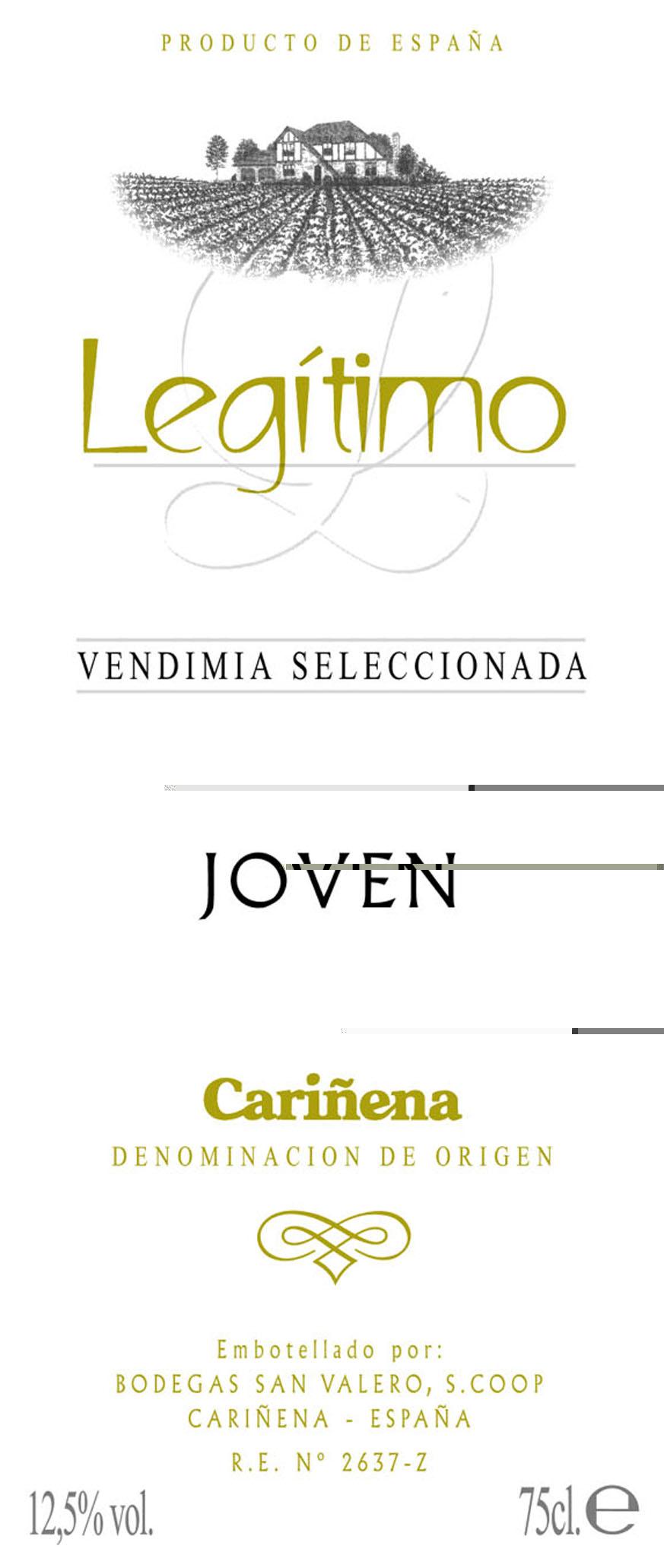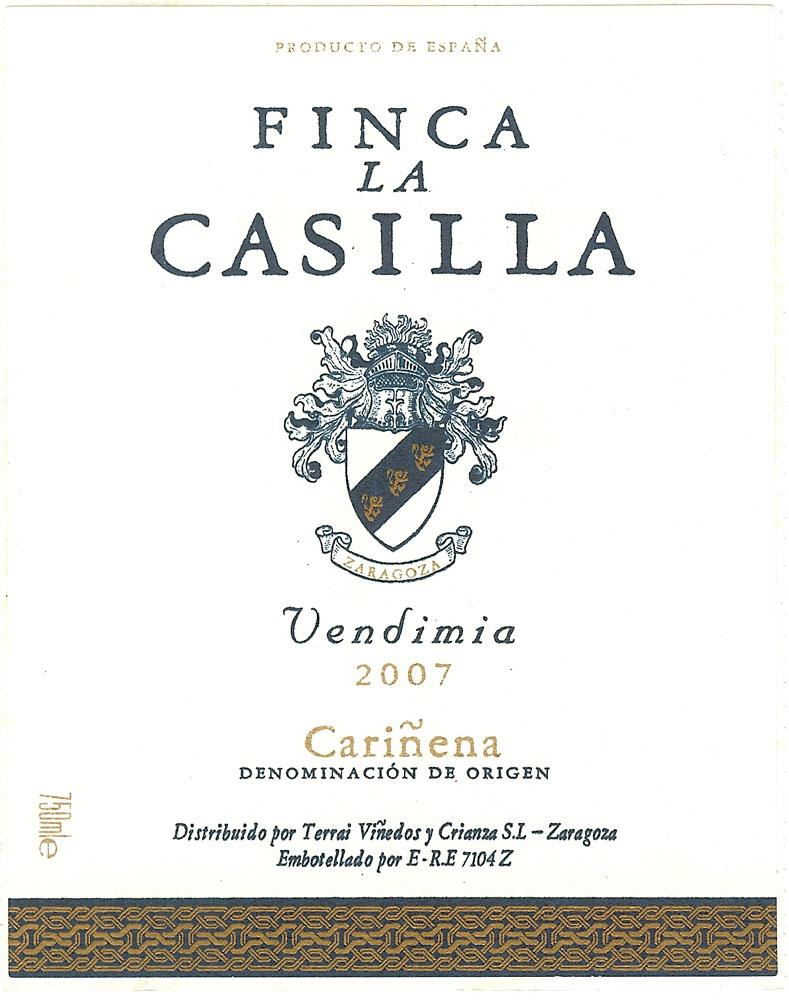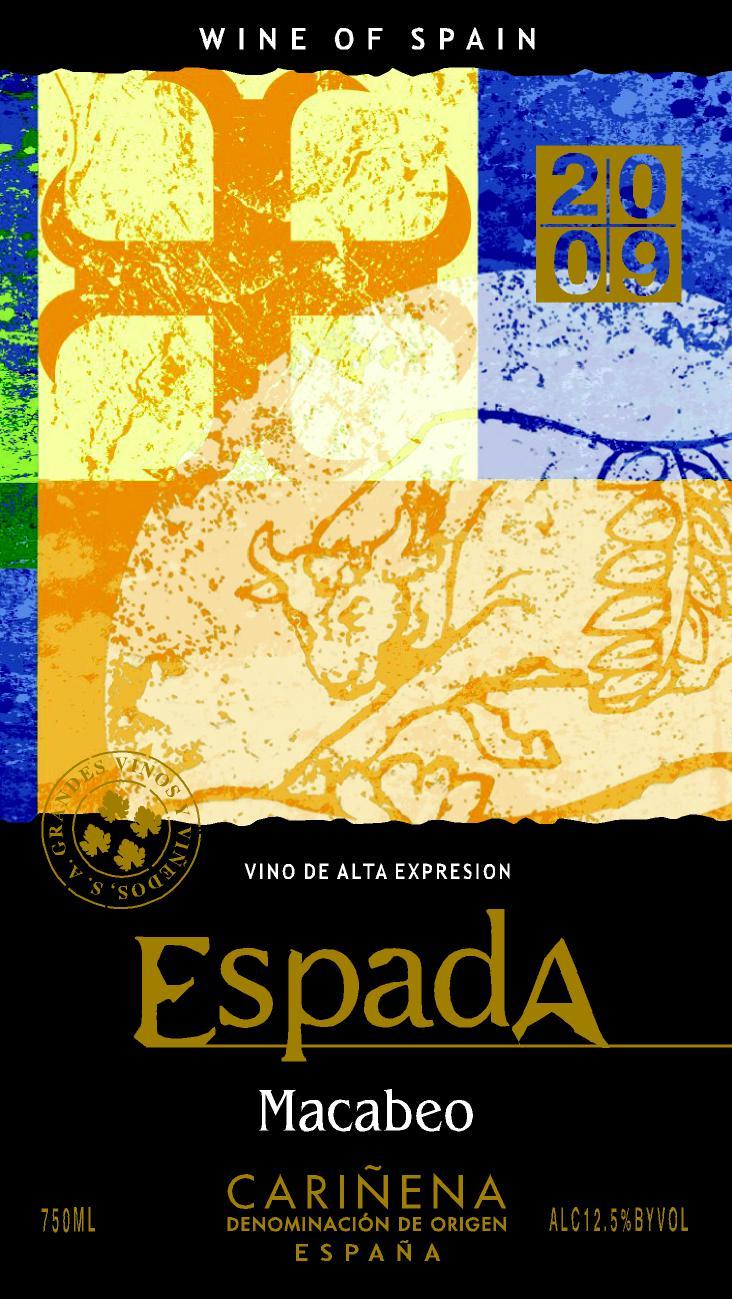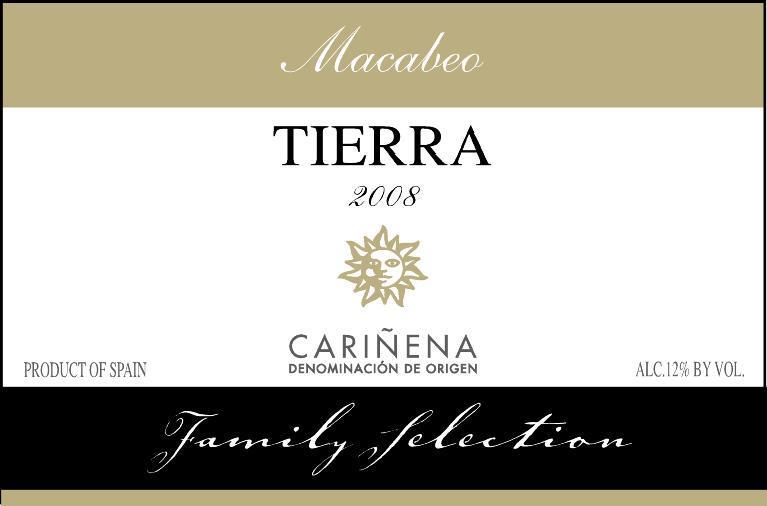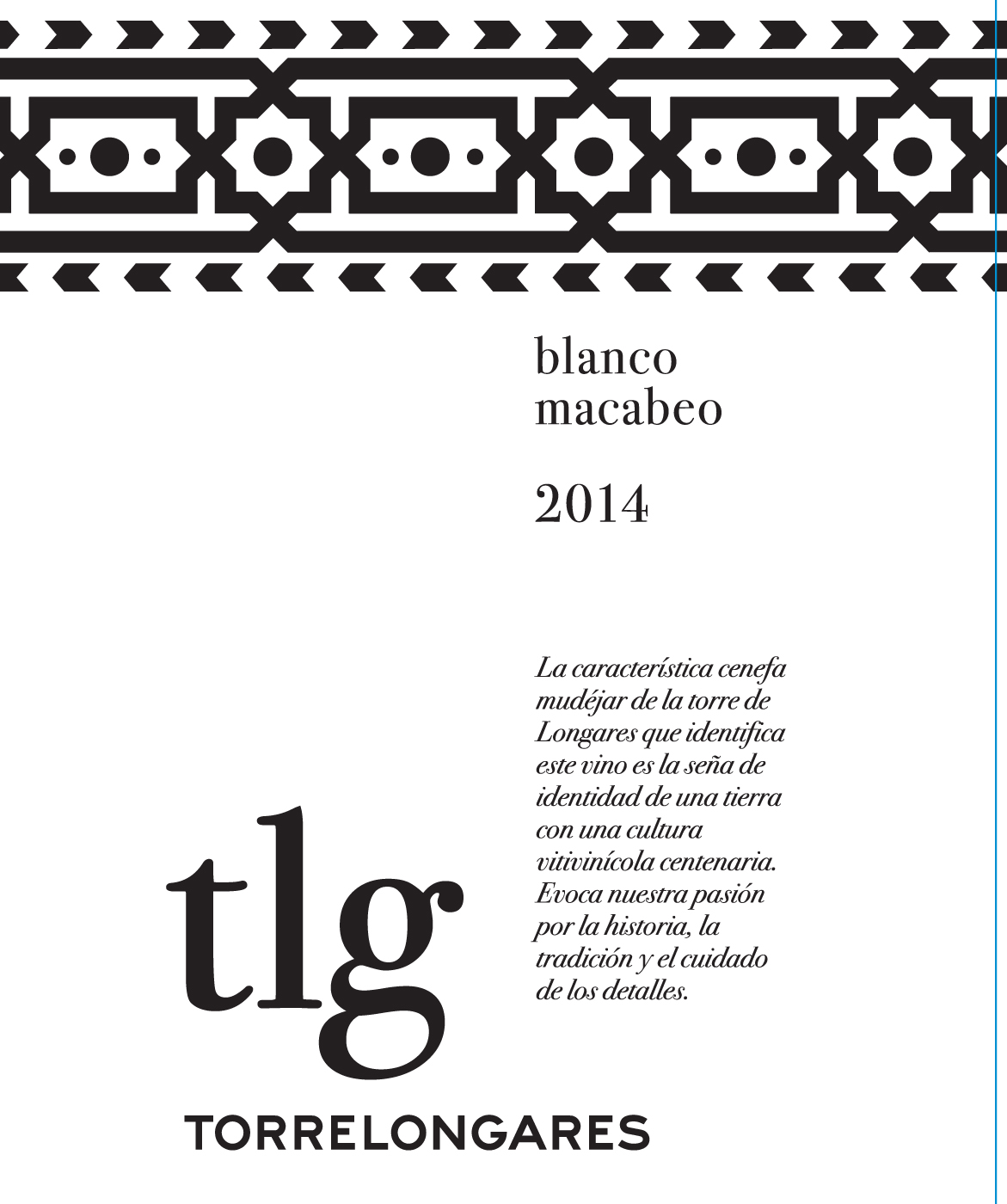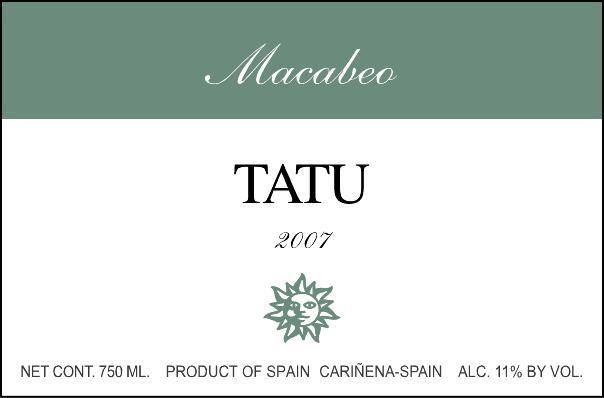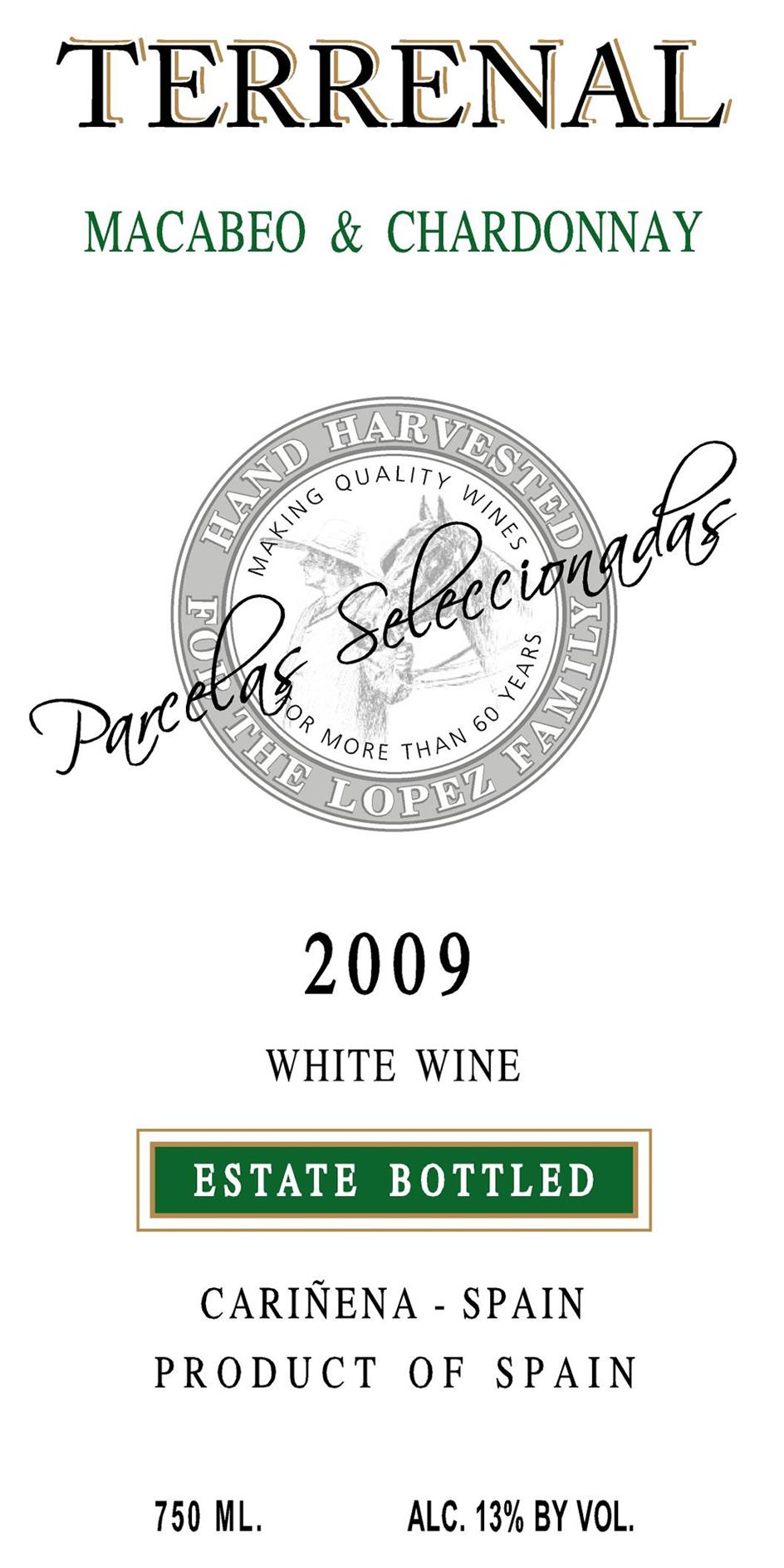Terroir of Cariñena
Cariñena's vineyards sit between 400 and 600 meters above sea level, spread across both flatlands and hills. The soil varies from sandy and gravelly to rocky limestone and clay, providing a diverse foundation for grape growing. The climate mixes Mediterranean and continental influences, resulting in long, hot, dry summers and cold, frosty winters.
Rainfall is minimal, but the dry Cierzo wind helps keep the vines healthy by reducing disease. The region sees big temperature changes between day and night, which helps the grapes ripen and keeps their acidity. This semi-arid, high-altitude area produces wines with deep color and intense flavors. Limestone in the soil adds a unique mineral quality to the wines.
Notable Wineries in Cariñena
Explore the diverse offerings of Cariñena through several standout producers.
Bodegas San Valero, a well-established cooperative, offers a wide selection from everyday blends to Reservas that can age beautifully.
Grandes Vinos y Viñedos stands out as a leading producer in the area, famous for their top-notch Garnacha and Cariñena wines.
At Bodegas Paniza, you'll find an impressive variety, including remarkable whites and rosés alongside their reds.
Covinca, another cooperative, is celebrated for its strong Garnacha–Cariñena red wines.
These wineries skillfully blend modern winemaking with local traditions, showcasing the rich diversity of the region.
Sustainable Winemaking in Cariñena
In the sun-drenched landscape of Cariñena, sustainability is becoming a defining feature of its winemaking. Many vineyards practice dry farming, relying on vines with deep roots to tap into the scarce water resources. Cover crops and organic materials play a crucial role in maintaining healthy soils, reflecting a commitment to eco-friendly practices.
The region is seeing a shift towards organic and ecological certifications, with innovative techniques like precise drip irrigation, solar energy, and water recycling gaining traction. The DO actively promotes balanced production and thoughtful vineyard management, encouraging a blend of traditional methods with modern, low-impact strategies. As a result, more vineyards are adopting practices that reduce their environmental footprint while preserving the rich viticultural heritage of the region.
Wine Tourism in Cariñena
Wine tourism in Cariñena offers a deep dive into the heritage of one of Spain's notable wine regions. Visitors can explore the Museo de la Viña y el Vino to learn about the area's winemaking history.
Part of Spain's Rutas del Vino, the region provides scenic routes for driving or cycling, connecting to various cellar doors.
Wineries offer guided tastings with local tapas and Aragonese dishes. Seasonal harvest celebrations and village tastings enhance the experience.
Nearby attractions like the Sierra de Algairén and historical churches add depth to wine tours. These experiences are complemented by agritourism and farm-to-table dining, highlighting Cariñena’s wines and local cuisine.
The region's blend of Mediterranean and continental climate, along with its diverse soils, creates wines with unique flavors and characteristics, making it a compelling destination for wine enthusiasts.
